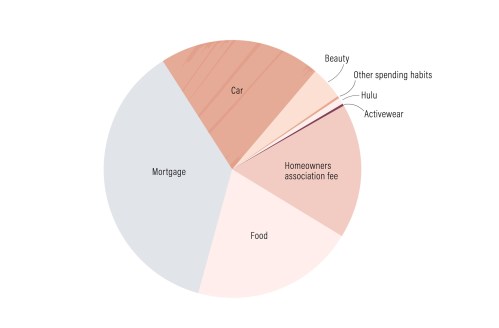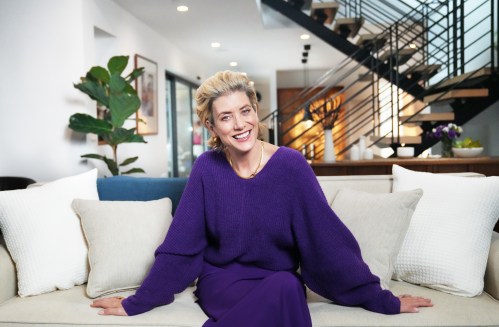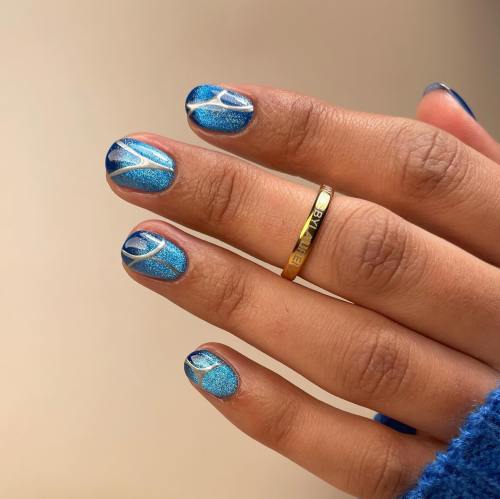Our editors independently select these products. Making a purchase through our links may earn Well+Good a commission
Even in a world where questions about menstrual cups and the ins and outs of sex are completely (and blessedly) normal, somehow the ever-ubiquitous use of money remains a touchy subject for many. People want to live their healthiest life ever, but—#realtalk—it can add up. Have you ever wondered how your colleague who makes less than you do (or so you think) can afford to buy a $5 matcha and a $12 chopped salad every day? Or how your friend’s budget allows her to hit up $34 fitness classes three times a week? It’s enough to make anyone want to ask, “Ummm, excuse me. How do you afford that?!?”
That’s where Well+Good’s monthly series Checks+Balanced comes in. By lifting the thick, tightly drawn curtain to expose how much women of varying income brackets spend on wellness, we’re spreading transparency and hopefully providing some inspo that’s possible to copy. Because no matter how much you make, it’s possible to cultivate healthy habits that work within your budget.
This month, meet Heather Ashley, a 34-year-old living in Fort Worth, Texas, who recently decided to enroll in grad school—which means learning how to cut back on expenses, and fast. Keep reading to see how she makes it work, without giving up healthy food and fitness habits that are important to her.
Here, a 34-year-old part-time administrative worker and boutique gym employee shares how much she spends on wellness.

Heather Ashley, 34, administrative worker and gym employee, Fort Worth, Texas
Income: $47,000 per year. I used to work full-time as a market analyst, but after I got into grad school, I switched to a part-time position in finance at the same company so I could fit class into my schedule. It was a $10-an-hour pay cut (I now make $35,000 a year from that role), so I got a second job at a boutique gym to supplement with about $12,000 a year. (As a bonus, it saves me $210 a month on the gym membership.) My schedule is 8 a.m. to 3:30 p.m. Monday through Thursday at my admin job, and Fridays, Saturdays, and Sundays at the gym, working various three- to four-hour shifts. Combined, I make $47,000 a year.
Mortgage:$750 per month. This is my biggest monthly expense.
Other big expenditures: $783 per month. My homeowners association fee is $350 a month, but it covers all utilities and cable. My car payment is $420 a month, and I only have a year left until it’s paid off, thank goodness. My only other recurring bill is Hulu account, which I split with my cousin (we each pay $13 each for premium). I have access to HBO Go for free thanks to a friend. But, now that I’m starting grad school, I will have to take out a student loan (I do plan on applying for scholarships and grants, but those wouldn’t cover everything).
Food:$400 per month ($100 per week). I don’t follow any specific nutrition plan, but eating healthy is important to me—I try to eat as many fruits and vegetables as I can. While a nutritious diet is important to me, I don’t have time to meal prep each day for lunch, so I buy healthy ready-made meals from a local company called ReFul. I get five lunches a week for $40, which includes a 20 percent discount on orders placed on Thursdays or Fridays (which I always take care to do). I recently learned that Reful brand ambassadors get their food for free. So I’m looking into that.
For my other meals, I shop at Trader Joe’s. Breakfast is almost always avocado toast, and I’ll boil an egg if I need a mid-morning snack. For dinner, I love their tuna burgers and premade seafood meals, which are relatively healthy and cost about $4 each. Otherwise, I just buy coffee pods for my Keurig and little snacks, like hummus and celery. I estimate that I spend about $40 a week on groceries.
I eat out about once a week when I meet my friends for happy hour at spots with wine and appetizer specials. Otherwise, I go to brunch once or twice a month, but I rarely spend more than $20 a week eating out.
Fitness: $0. Because I work at the gym, my membership is free. I used to pay $70 a month to belong to a yoga studio, but when I was figuring out how to cut expenses in order to go to grad school, this one didn’t make it. I did recently learn you can attend classes for free if you’re a “karma yogi,” which means you help set up and clean the studios, so I plan on doing that.
Activewear:$120 per year. I don’t buy workout clothes because I often get new pieces for my birthday or Christmas. I do buy one pair of new sneakers a year, though: My favorite brand is Brooks.
Beauty: $880 per year. Skin care rather than makeup is important to me because I feel like if you have good skin, you don’t need to wear a lot of makeup. I used to get a facial once a month, but I’ve cut back to every two months. I get a bioelements peel and dermaplaning, which is a $30 supplement, adding up to $130. Product-wise, I like M-61 skin care from Blue Mercury, especially the microdermabrasion skin scrub, cleanser, and serum, and I spend about $100 a year on these. I used to get manicures and pedicures, but I do that myself now.
Other wellness spending habits:$25. I’m into essential oils. A colleague of mine makes her own blends, which she sells for $5 a roller. I’ve purchased five of them. As far as supplements go, I love Vital Proteins collagen peptides, and my HSA covers that, which is awesome. I see a psychologist once a month, but my HSA covers that as well.
The bottom line: Working out and eating healthy food are both crucial wellness habits to me, but because I’ve decided to go to grad school and am no longer working full-time, I’ve had to re-evaluate my budget and find ways to make what’s important to me more affordable. I’ve found that with a little research and creativity, it’s possible to save money while still getting what you want.
Want to be featured in Checks+Balanced? Email [email protected]. And regardless, here’s why we need to change the way we talk about money. Plus, bookmark these tips on how to save.
Sign Up for Our Daily Newsletter
Get all the latest in wellness, trends, food, fitness, beauty, and more delivered right to your inbox.
Got it, you've been added to our email list.










